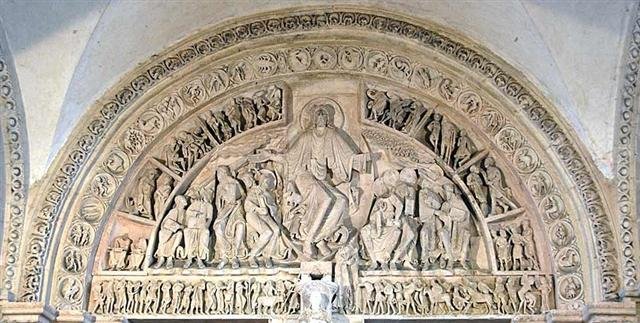4. I will use the opportunity to include also 'the little one' (ι), which seems reasonable in this context:
I have not as yet given any name for λ Eridani, but it might be the little toe of Orion - Flamsteed has drawn only the rest of his toes (in the pattern 1 + 3). Sun has 4 quarters and the last dark nights are outside the regular year. Hamlet's Mill: "But if the flow is perpetual, it still had a point of 'beginning' and this is found in the Bhagavata Purana (Wilson, p. 138, n. 11): 'The river flowed over the great toe of Vishnu's left foot, which had previously, as he lifted it up, made a fissure in the shell of the mundane egg, and thus gave entrance to the heavenly stream.' How can the Milky Way pour its waters over Polaris? And how can it flow to the four quarters of the earth? Indian diagrams remained fanciful, in the same way as Western medieval ones. It takes some time for one who looks at the great tympanon at Vézelay to realize there is a space-time diagram, as it were, of world history centered on the figure of Christ. The effect is all the greater for the transpositions.
It was not wholly absurd, either, for archaic cosmology to have double locations, one, for instance, on the ecliptic and one circumpolar. If Tezcatlipoca drilled fire at the pole to 'kindle new stars', if the Chinese Saturn had his seat there too, so could Vishnu's toe have bilocation: one 'above' in the third region, the other in beta Orionis-Rigel (the Arabian word for 'foot'), the 'source' of Eridanus. (And might not Rigel-the-source stand also for Oervandil's Toe, catasterized by Thor?) For Rigel marked the way to Hades in the tradition of the Maori of New Zealand as well as in the Book of Hermes Trismegistos." I think we must distinguish between a 'great toe' (like a 'father') and a 'little toe' (like a 'son). By the way, 13 * 13 + 14 * 14 = 169 + 196 = 365, suggests a possible connection between λ and Rigel:
|
||||||||||||||||||||||||||||||||||||||||||||||||||||||||||||||||||||||||||||||||||||||||||||||||||||||||||||||||||||||||||||||||||||||||||||||||||||||||||||||||||||||||||||||||||||||||||||||||||||||||||||






